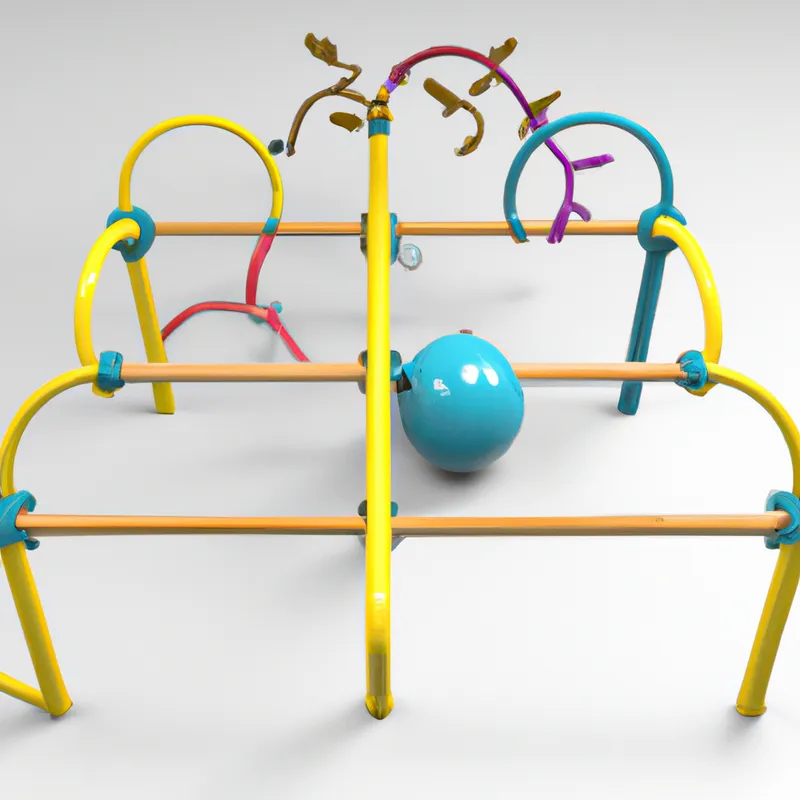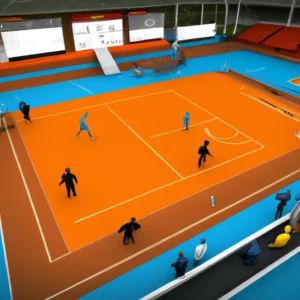Adapt Activities for Limitations in Seniors
Adapting Group Classes: Create a Social Yet Safe Exercise Environment for Seniors
Creating an engaging and safe environment for seniors in group exercise classes is essential. As people age, their physical abilities change. Adapting classes to meet these evolving needs is crucial. This blog post explores practical tips and benefits of designing a safe and social exercise environment for older adults.
Understanding the Needs of Seniors
Understand the unique needs of seniors before adapting group classes. Many older adults face mobility challenges. Others may have chronic health conditions, such as arthritis or heart issues. Mental health concerns, including anxiety and depression, might also affect seniors. Recognizing these factors helps create a safe and inclusive program.
Assessing Fitness Levels
Begin by assessing participants’ fitness levels. Use simple questionnaires to gauge capabilities. Conduct informal assessments during the first class. Observe how participants move and engage in activities. This initial assessment tailors exercises to accommodate varying abilities, ensuring everyone can participate comfortably.
Encouraging Open Communication
Encourage open communication in any group setting. Invite seniors to voice their concerns or preferences. Create a welcoming atmosphere for self-expression. This openness fosters trust and builds community, vital for motivation and engagement. Regularly check in with participants to understand their experiences. Make adjustments based on their feedback.
Tips for Creating a Social Yet Safe Environment
You can achieve a social environment while ensuring safety through several strategies. Here are practical tips to implement in your classes:
Implementing Modifications
Always be ready to modify exercises. If a participant struggles with balance, offer chair-supported versions. This allows everyone to engage without feeling left out. Provide alternatives for high-impact moves, such as low-impact jumping jacks. This ensures all participants can follow comfortably, regardless of fitness level.
Ensuring Proper Equipment
Use safe and easy-to-handle equipment. Resistance bands, light weights, stability balls, and yoga mats work well. Ensure all equipment is in good condition and regularly inspect it for wear. This prevents injuries during class. Consider using props for support, such as balance bars or chairs, especially for seniors needing extra stability.
Creating a Familiar Routine
Establish a consistent routine for your classes. Familiarity helps seniors feel comfortable and engaged. Start each session with a warm-up and end with a cool-down. This promotes safety and enhances social interaction through shared experiences. Incorporate familiar songs or themes to boost enjoyment and participation.
Advice
Conclusion
In conclusion, creating a safe and social exercise environment significantly benefits seniors. Implement these tips to foster engagement and inclusivity.
Below are related products based on this post:
FAQ
What are some specific needs that should be considered when adapting exercise classes for seniors?
When adapting exercise classes for seniors, it’s important to consider mobility challenges, chronic health conditions like arthritis or heart issues, and mental health concerns such as anxiety and depression. Understanding these unique needs allows for the creation of a safe and inclusive program tailored to older adults.
How can instructors assess the fitness levels of senior participants effectively?
Instructors can assess the fitness levels of senior participants by using simple questionnaires and conducting informal assessments during the first class. Observing how participants move and engage in activities helps tailor exercises to accommodate varying abilities, ensuring everyone can participate comfortably.
What are some practical tips for ensuring a safe and social exercise environment for seniors?
To create a safe and social environment, instructors should implement modifications for exercises, ensure proper and safe equipment is used, and establish a familiar routine. Modifications might include chair-supported versions of exercises and low-impact alternatives, while consistent routines promote comfort and enhance social interaction among participants.















Post Comment